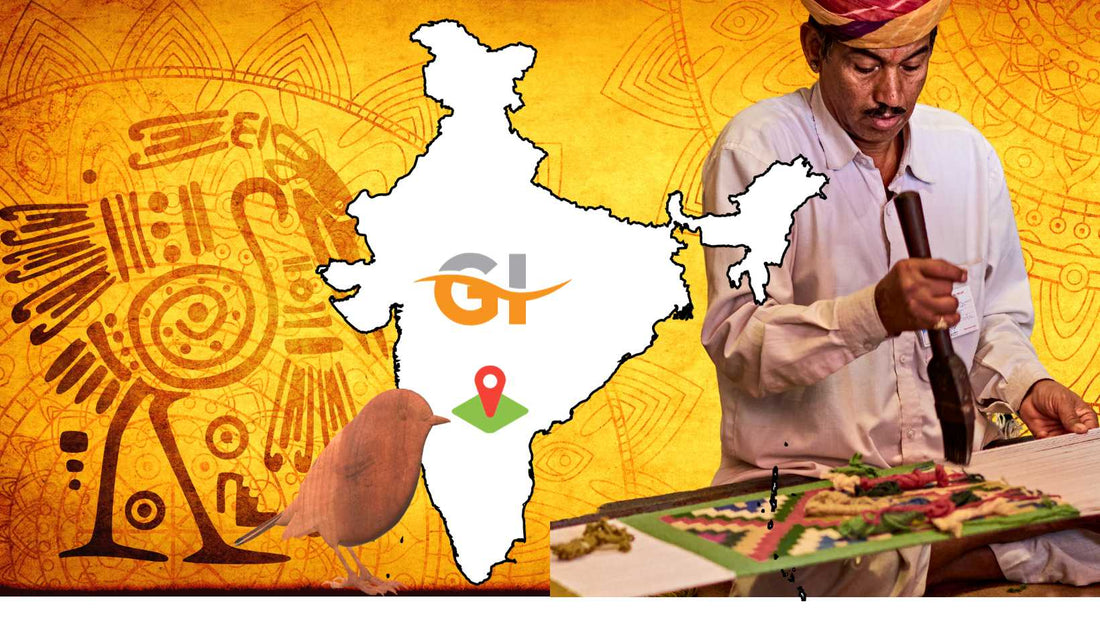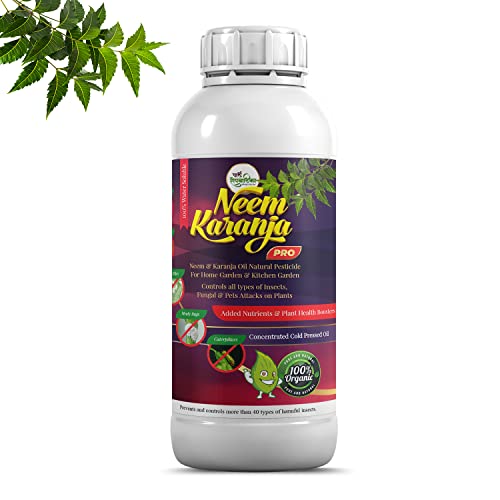
Protecting the Legacy of the Land: Geographical Indicators and Their Significance for Indian Farmers
Share
In the bustling world of commerce, where brands and products vie for consumer attention, there lies a growing concern about the authenticity and sustainability of the goods we purchase. Amidst the cacophony of marketing and branding, it's easy to lose sight of the true origins and value of products, particularly those deeply rooted in tradition and cultural heritage. This is where geographical indicators (GIs) step in, playing a crucial role in safeguarding the legacy of the land and empowering local communities, especially Indian farmers.
Geographical indicators are essentially a form of intellectual property protection, recognizing the unique characteristics of a product that are exclusively attributable to its geographical origin. These indicators serve as a shield against imitation and misappropriation, ensuring that consumers can make informed choices and appreciate the authenticity of products that are genuinely linked to a specific place.
For Indian farmers, geographical indicators hold immense significance. They provide a much-needed platform to showcase and protect the rich tapestry of agricultural traditions and practices that have been passed down through generations. By recognizing the unique qualities of products like Darjeeling tea, Alphonso mangoes, and Basmati rice, GIs empower farmers to command fair prices for their produce and strengthen their connection to the land.
The benefits of geographical indicators extend beyond economic gains. They foster a sense of pride and identity among local communities, preserving their cultural heritage and safeguarding the traditional knowledge associated with specific agricultural practices. GIs also play a crucial role in promoting sustainable agriculture, encouraging farmers to adhere to environmentally friendly practices that protect the biodiversity and ecosystems of their regions.
In India, the recognition and protection of geographical indicators have gained significant momentum in recent years. The country boasts an impressive array of GI-tagged products, spanning a diverse range of agricultural commodities, handicrafts, and textiles. This recognition has not only bolstered the reputation of Indian products on the global stage but also contributed to the economic empowerment of local communities, particularly in rural areas.
As Indian farmers continue to grapple with challenges such as market fluctuations, climate change, and competition from imported products, geographical indicators offer a beacon of hope. They provide a means to differentiate their produce, command premium prices, and secure a sustainable livelihood. By embracing the power of GIs, Indian farmers can reclaim their rightful place in the global marketplace, showcasing the unique heritage and authenticity of their products to the world.
Agricultural products in India that have received GI tags:
Darjeeling Tea:
Known for its unique muscatel flavor and aroma, Darjeeling Tea is one of the most popular teas in the world. It is grown in the foothills of the Himalayas in the Darjeeling district of West Bengal.
Basmati Rice:
Basmati rice is a long, slender-grain rice with a delicate fragrance and nutty flavor. It is grown in the foothills of the Himalayas in the Indian states of Haryana, Punjab, and Uttar Pradesh.
Kashmir Saffron:
Kashmir saffron is the most expensive saffron in the world. It is known for its deep red color, strong aroma, and high medicinal value. It is grown in the Kashmir Valley of India.
Manipuri Black Rice:
Manipuri black rice is a variety of black rice native to the Indian state of Manipur. It is known for its high nutritional value, including high levels of anthocyanins, antioxidants, and vitamins.
Assam Karbi Anglong Ginger:
Assam Karbi Anglong ginger is a variety of ginger native to the Karbi Anglong district of Assam, India. It is known for its strong aroma, pungent flavor, and medicinal properties.
Banganapalle Mangoes:
Banganapalle mangoes are a variety of mangoes native to the Banganapalle taluk of Andhra Pradesh, India. They are known for their sweet, juicy flesh and yellow skin with red streaks.
Coorg Arabica Coffee:
Coorg Arabica coffee is a variety of Arabica coffee grown in the Kodagu district of Karnataka, India. It is known for its rich aroma, smooth flavor, and balanced acidity.
Pune Phalsa:
Pune phalsa is a variety of phalsa (grenadilla) grown in the Pune district of Maharashtra, India. It is known for its sweet, tangy flavor and high vitamin C content.
Nashik Muskmelon:
Nashik muskmelon is a variety of muskmelon grown in the Nashik district of Maharashtra, India. It is known for its sweet, juicy flesh and high water content.
Malda Maldahiya Zardalu:
Malda Maldahiya Zardalu is a variety of apricot grown in the Malda district of West Bengal, India. It is known for its sweet, tangy flavor and high vitamin A content.
Handicrafts in India that have received GI tags:
Pashmina shawls:
Pashmina shawls are made from the fine, soft undercoat of goats found in the high mountains of Kashmir. They are known for their luxurious feel, warmth, and intricate designs.
Kantha embroidery:
Kantha embroidery is a traditional embroidery style from West Bengal, India. It is characterized by its use of running stitches and colorful fabrics. Kantha embroidery is often used to create bedspreads, sarees, and other household items.
Madhubani painting:
Madhubani painting is a traditional style of painting from the Mithila region of India. It is characterized by its use of bold colors, geometric shapes, and depictions of mythological scenes.
Chanderi sarees:
Chanderi sarees are made from a lightweight, sheer fabric that is woven from silk and cotton threads. They are known for their soft feel and delicate designs. Chanderi sarees are often worn by women in India on special occasions.
Patola silk sarees:
Patola silk sarees are made from a traditional weaving technique that is unique to the Patan region of Gujarat, India. They are known for their intricate designs and vibrant colors. Patola silk sarees are considered to be one of the most luxurious types of sarees in India.
Natural products in India that have received GI tags:
Kashmiri Saffron:
Known for its rich aroma and vibrant color, Kashmiri saffron is the most expensive saffron in the world. It is cultivated in the Kashmir Valley and is used in a variety of culinary and medicinal applications.
Nilambur Teak:
Nilambur teak is a variety of teak wood grown in the Nilambur taluk of Kerala, India. It is known for its durability, strength, and beautiful grain pattern. Nilambur teak is used in a variety of applications, including furniture making, construction, and boatbuilding.
Wayanad Robusta Coffee:
Wayanad Robusta coffee is a variety of coffee grown in the Wayanad district of Kerala, India. It is known for its strong flavor, high caffeine content, and creamy texture. Wayanad Robusta coffee is used in a variety of blends, including espresso and instant coffee.
Araku Valley Honey:
Araku Valley honey is a variety of honey produced in the Araku Valley of Andhra Pradesh, India. It is known for its unique flavor and aroma, which is attributed to the diverse flora of the region. Araku Valley honey is used in a variety of culinary and medicinal applications.
Kutch Desert Salt:
Kutch desert salt is a variety of salt produced in the Rann of Kutch in Gujarat, India. It is known for its purity and high mineral content. Kutch desert salt is used in a variety of culinary and traditional applications.
Notable manufactured goods in India that have received GI tags:
Feni:
A distinctive Goan cashew liqueur made from cashew apples, known for its unique aroma and flavor. It is often consumed as an aperitif or digestif.
Kolhapuri Chappals:
Traditional leather sandals from Kolhapur, Maharashtra, India. They are characterized by their durable construction, intricate designs, and comfortable fit.
Bikaneri Bhujia:
A popular crispy snack from Bikaner, Rajasthan, India. It is made from sev (thin chickpea noodles) that are deep-fried and flavored with spices.
Agra Petha:
A sweet confection made from ash gourd (petha) in Agra, Uttar Pradesh, India. It is characterized by its translucent appearance and soft, chewy texture.
Mysore Agarbatti:
Scented incense sticks from Mysore, Karnataka, India. They are known for their high quality, fragrance, and long-lasting aroma.
Kanchipuram Silk:
Handwoven silk sarees from Kanchipuram, Tamil Nadu, India. They are renowned for their rich colors, intricate designs, and exquisite craftsmanship.
Bhavani Jamakkalam:
Handwoven cotton towels from Bhavani, Tamil Nadu, India. They are characterized by their unique border designs and soft, absorbent texture.
Kondapalli Toys:
Wooden toys from Kondapalli, Andhra Pradesh, India. They are known for their vibrant colors, intricate carvings, and depictions of traditional motifs.
Thanjavur Art Plates:
Hand-painted metal plates from Thanjavur, Tamil Nadu, India. They are decorated with intricate motifs and scenes from Hindu mythology.
Bidriware:
Metalware with a distinctive black finish from Bidar, Karnataka, India. It is characterized by its intricate inlay work and silver or gold accents.
In the intricate dance of commerce, geographical indicators emerge as guardians of authenticity and sustainability. For Indian farmers, GIs not only shield against imitation but also celebrate and protect cultural heritage. Beyond economic gains, GIs foster pride, identity, and sustainable agricultural practices. As India's GI momentum builds, farmers find solace and empowerment amid challenges. GIs become a beacon, guiding them towards global recognition, fair prices, and a resilient future rooted in tradition.










